Circular Economy Approach to Plastic Waste for Sustainability
 Share
Share
 Copy Url
Copy Url
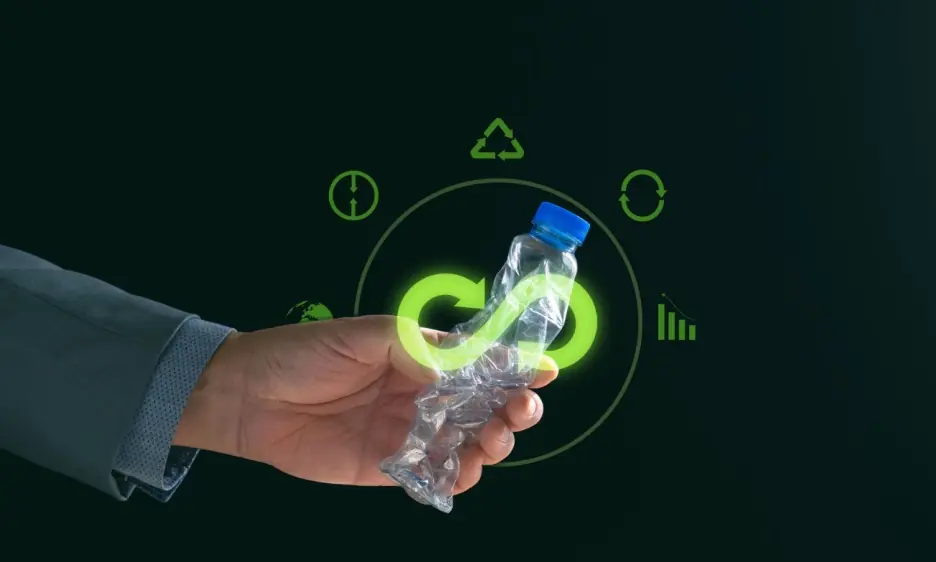
The circular economy approach to plastic waste gives us a new way to deal with one of today’s biggest environmental problems. Unlike the old "take, make, dispose" system, this approach focuses on keeping materials in use for as long as possible. By redesigning how we use and recycle, we can reduce the amount of plastic waste in the natural environment. Groups like the Ellen Macarthur Foundation are pushing for a more sustainable plastic economy. With the circular economy approach to plastic waste, we can change how we handle plastic, making sure less of it ends up in our oceans, landfills, or nature. This article will explain how this approach works and its potential for real change.
In the next sections, we’ll look at important ideas like the circular economy approach to plastic waste, the problems caused by single-use plastics, and new ways to recycle plastic. You’ll also learn about the key rules of this system, like getting rid of waste and keeping materials in use. Thanks to the Ellen Macarthur Foundation’s vision and the progress in recycling plastic, we have a chance to stop plastic pollution.
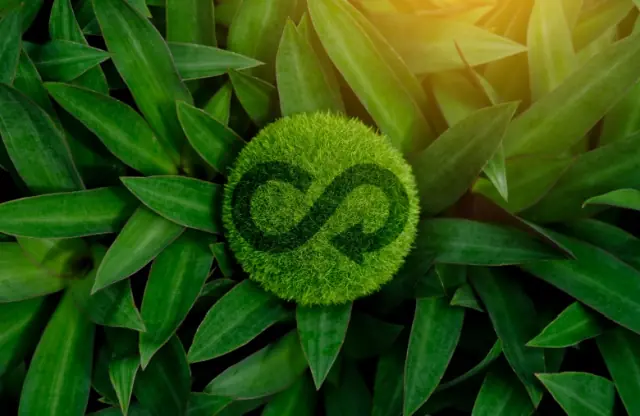
Understanding the Circular Economy
The circular economy approach to plastic waste is a system that focuses on reusing materials, reducing waste, and recycling. It aims to replace the traditional "take, make, dispose" model with one that minimizes environmental damage. By doing this, we can create a more sustainable future and better manage resources. Below, we’ll explain what the circular economy is, how it differs from the linear model, and why it matters for sustainability.
Definition of the Circular Economy
The circular economy is a system designed to keep materials in use for longer, reducing waste and pollution. In the management of plastic waste, this means focusing on plastic waste recycling and reducing the need for new plastic production. A circular economy for plastics seeks to create a loop where materials are reused instead of discarded. This model is part of the larger global circular economy aiming to conserve resources and protect the planet.
How It Differs from the Traditional Linear Economy
In the traditional linear economy, products are made, used, and then thrown away. This leads to circular economy plastic waste, where discarded plastics pile up. The effects of plastic waste are harmful, causing pollution in oceans and landfills. In contrast, the circular model focuses on plastic waste management by reusing and recycling, reducing the need for raw materials, and limiting waste.
Importance of the Circular Model for Sustainability
The circular economy is key for sustainability. It encourages smarter waste management strategies that reduce the environmental footprint of materials. Governments worldwide, including the European Union's Circular Economy Action Plan, support this approach as it helps conserve resources and protect the planet. By shifting to a circular model, we can ensure a better future for both people and the environment.
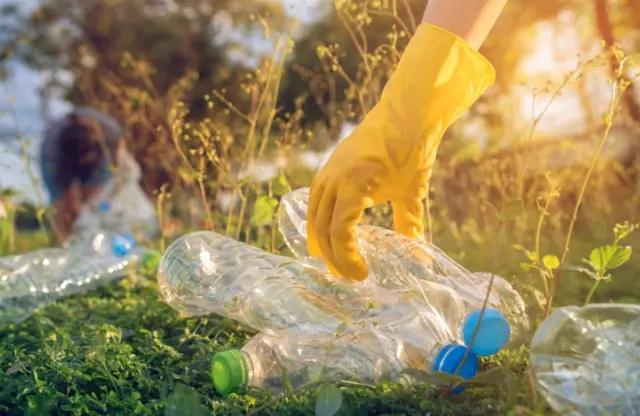
The Role of Plastic Waste in Environmental Degradation
The circular economy approach to plastic waste helps reduce the environmental damage caused by plastic pollution. However, plastic waste continues to be a major global problem. It impacts ecosystems, wildlife, and communities, particularly through the growing use of single-use plastics. Below, we will explore the global effects of plastic waste, the challenges of single-use plastics, and the costs of plastic pollution on the environment and society.
The Global Impact of Plastic Waste
Plastic waste is a worldwide issue, with millions of tons discarded each year. This makes creating a circular economy for plastic waste a priority. If plastic is not reused or recycled, it harms ecosystems and contributes to pollution. The global circular economy focuses on reducing waste, reusing materials, and lowering the need for new plastic production.
Challenges Posed by Single-Use Plastics
Single-use plastic packaging is one of the largest contributors to plastic pollution. These items are often used once and then thrown away, leading to circular economy plastic waste. The effects of plastic waste include overflowing landfills and polluted oceans. Proper plastic waste management and recycling are necessary to control the damage caused by these short-lived products.
Environmental and Societal Costs of Plastic Pollution
Plastic pollution affects not only the environment but also communities. The waste pollutes water, harms wildlife, and impacts human health. To mitigate the impact of plastic, we need effective strategies to reduce the presence of waste in the environment. This includes policies that support recycling and encourage reducing the use of harmful plastics, benefiting both nature and society.
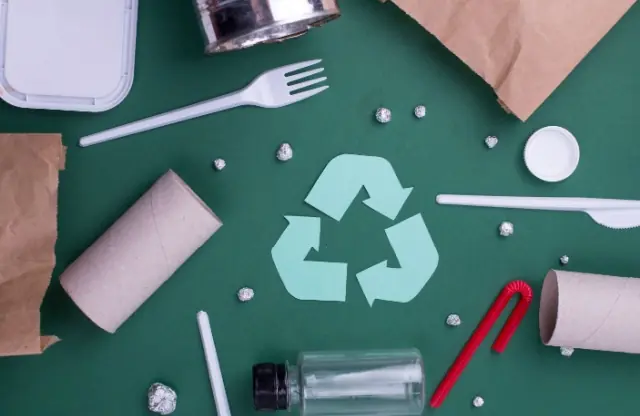
Key Principles of the Circular Economy for Plastics
The circular economy approach to plastic waste aims to reduce waste by rethinking how we use, recycle, and design plastic products. It focuses on keeping materials in circulation and reducing their impact on the environment. Below, we explore the core principles of designing out waste, keeping materials in use, and regenerating natural systems by recycling and reusing plastics.
Designing Out Waste and Pollution
In the circular economy approach to plastic waste, designing out waste means creating products that last longer and generate less pollution. This requires a transition to a circular economy, where circular business models encourage reuse and recycling. By designing smarter products, companies can reduce plastic pollution at its source and lower the need for waste management.
Keeping Products and Materials in Use
The circular economy approach to plastic waste also focuses on keeping plastic materials in use for as long as possible. This holistic approach ensures that materials are recycled or reused, preventing them from ending up as waste. Efficient solid waste management plays a key role in maintaining the lifecycle of these products, reducing the strain on resources.
Regenerating Natural Systems through Recycling and Reusing Plastics
By recycling and reusing plastic, we can help mitigate the impact of plastic on the environment. Effective waste management strategies focus on processes like household plastic waste management and even turning waste to generate electricity. These methods help regenerate natural systems and reduce pollution, creating a sustainable cycle for plastic use.

Innovative Approaches to Plastic Waste Management
The circular economy approach to plastic waste emphasizes finding new ways to reduce and manage plastic waste. These innovative solutions aim to reduce environmental damage and promote sustainability. In this section, we will explore advances in recycling technologies, the development of biodegradable plastics, and the role of extended producer responsibility in reducing plastic waste.
Advancements in Recycling Technologies
New recycling technologies are improving waste management systems. This makes it easier to recycle and reuse plastics. These advancements reduce plastic pollution by breaking down more types of plastics. They also create higher-quality recycled materials.
For example, chemical recycling breaks plastics down to their basic parts. This allows them to be turned into new products. AI-powered sorting machines can now sort and separate different types of plastics more accurately. This improves recycling rates. Additionally, enzymatic recycling uses enzymes to break down hard-to-recycle plastics. It offers a solution for difficult waste. With these technologies, the circular economy approach to plastic waste becomes more efficient and easier to grow.
The Rise of Biodegradable Plastics
Biodegradable plastics are becoming popular as a way to reduce the impact of plastic waste. These materials break down naturally, unlike traditional plastics. As part of the circular economy model, biodegradable plastics help reduce pollution and offer a greener alternative. Their use can decrease our dependence on harmful plastics and lower overall waste.
Extended Producer Responsibility and Its Impact on Reducing Plastic Waste
Extended producer responsibility (EPR) shifts the responsibility for managing waste back to producers. It encourages companies to promote the circular economy by designing more easily recycled products. EPR also pushes for better systems to recycle the waste generated, significantly helping reduce plastic waste over time.
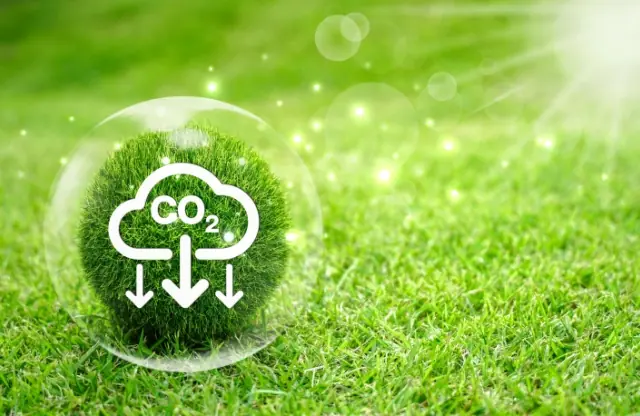
Benefits and Future Prospects of a Circular Economy for Plastics
The circular economy approach to plastic waste is a sustainable model that offers both economic and environmental benefits. It pushes businesses and governments to adopt new strategies and technologies for managing plastic waste. Below, we discuss the benefits of closing the loop, the opportunities for leading change, and real-life examples of successful plastic waste management initiatives.
Economic and Environmental Benefits of Closing the Loop
Reduced raw material costs: By reusing plastics, companies lower the need for new materials. This results in major cost savings for industries that rely on plastic.
Decreased landfill usage: The circular economy approach to plastic waste cuts down on the waste sent to landfills. This reduces pollution and saves space for future waste.
Lower carbon emissions: Reusing and recycling plastics lessen the demand for energy-heavy production processes. This directly reduces carbon emissions.
Conservation of natural resources: The circular model cuts the need for new resources, conserving raw materials like oil and gas used in making plastics.
Opportunities for Businesses and Governments to Lead Change
Adopting eco-friendly practices: Companies can shift toward circular economy plastic waste management. This improves their brand image and contributes to sustainability efforts.
Developing new markets: Businesses can explore making recycled or biodegradable products. This taps into the growing demand for sustainable goods.
Supporting innovative recycling technologies: Governments can promote new technologies like chemical recycling and AI-powered sorting machines to boost recycling efforts.
Setting regulatory standards: Governments can introduce regulations to encourage or enforce recycling, plastic reuse, and the circular economy approach to plastic waste.
Case Studies of Successful Circular Economy Initiatives in Plastic Waste Management
Ellen MacArthur Foundation's New Plastics Economy: This initiative works with businesses and policymakers to build a global circular economy for plastics. It aims to redesign plastic use by encouraging sustainable practices and cutting plastic waste globally.
Loop Industries: Loop Industries has developed a technology that transforms waste plastics into virgin-quality plastic through a low-energy process. This supports the circular economy approach to plastic waste by creating a continuous cycle of reuse.
The Netherlands' Plastic Pact: The Dutch government partnered with businesses to cut plastic waste by focusing on product design, reuse, and recycling. This initiative aims to eliminate unnecessary plastic and transition the country toward a circular economy for plastics.
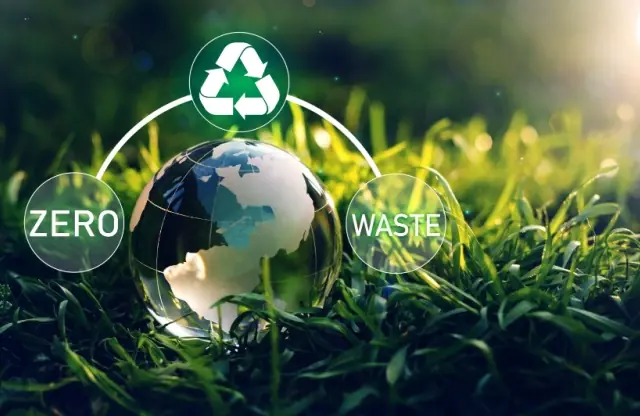
India's Circular Economy Approach to Plastic Waste
India's circular economy approach to plastic waste is key to reducing the huge amount of plastic waste it generates every day. The country produces about 26,000 tons of plastic waste daily, but only 8% is recycled. To address this, India created a National Circular Economy Roadmap. This roadmap focuses on rethinking how plastics are used, recycled, and disposed of, aiming for a more sustainable future.
One important step is sustainability reporting in India. Businesses must now report their environmental impact. The BRSR (Business Responsibility and Sustainability Reporting) framework helps ensure companies clearly show their efforts in managing plastic waste. This effort aligns with India's goal of improving its rank on the Sustainability Development Index, as cutting plastic waste improves environmental outcomes.
The roadmap also promotes innovations like better recycling, circular designs, and collaboration between businesses, governments, and communities. These actions help India shift to a more sustainable economy, reduce pollution, and create new jobs in waste management.

Report Yak: Experts in Sustainability Reporting for the Circular Economy Approach to Plastic Waste
As the circular economy approach to plastic waste becomes more important in tackling environmental issues, its role in sustainability reporting is now crucial. Reducing plastic waste is essential. Moving toward sustainable practices and sharing progress through reports are equally important. Businesses worldwide are expected to adopt transparent methods. In India, this includes sustainability reporting through the BRSR framework. This approach helps India improve its position on the Sustainability Development Index. It also contributes to a cleaner and greener environment globally.
For companies seeking professional help in sustainability reporting and report design, Report Yak stands ready to assist. As specialists in this field, Report Yak offers world-class sustainability report design services. Based in India, but open to clients globally, they are the ideal choice for outsourcing sustainability design needs. To learn more, email contact@reportyak.com, WhatsApp us, or call 1800 121 5955 (India). You can also check out our work showcase and services and fill out the contact form on our website, and we'll respond promptly.
Related Posts
-
How To Adopt BRSR Guidelines For Success
Oct 15, 2025Share
Copy Url
Simplifying ESG Disclosure for Better Impact
corporate reportingenvironmental and social initiatives
+6
Aug 28, 2025Share
Copy Url
GRI Sustainability Taxonomy: Learn How to Turn Data Into Advantage
corporate governancecorporate reporting
+11
Jul 1, 2025Share
Copy Url


